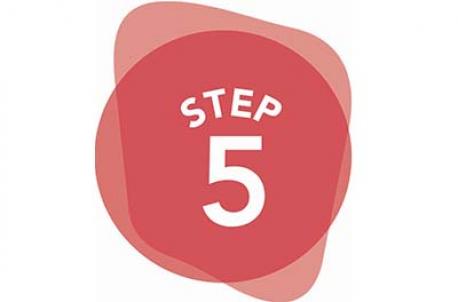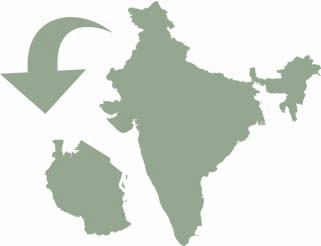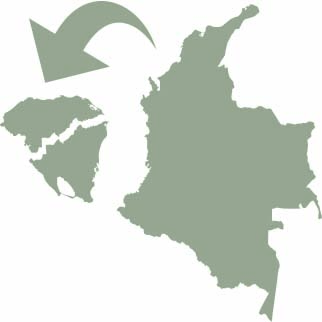
A well-designed and implemented knowledge exchange initiative achieves many results. Some can be directly attributable to participants’ experiences with the knowledge exchange instruments and activities. Some results occur only after everyone goes home (literally or figuratively) and apply what they have learned.
Measure Achievement of Intermediate Outcomes
Showing that participants have achieved their intermediate outcomes is as simple as providing data relating to your identified indicators. Use the template below (or adapt if needed) to log evidence of expected outcomes. (If you did not develop indicators earlier, do so now.)
Template 1. Measuring Achievement of Intermediate Outcomes

*Link to the measureable indicators you established in Step 2.
Table 9. Ways to Gather Information on Results
| Intermediate Outcomes | Sample Ways to Measure Results |
| New knowledge |
|
| Enhanced skill |
|
| Improved consensus |
|
| Enhanced connectivity |
|
| New and improved actions |
|
We can rarely anticipate everything that will come out of an exchange. There will always be surprises, which you will also want to capture. These unexpected outcomes are, hopefully, positive. Yet even less-than-desirable results offer useful lessons and opportunities for future knowledge exchange initiatives.
Refer to the steps you took to synthesize your data in step 5.1. If any notes are not aligned with your expected outcomes, add these to your list of unexpected outcomes, along with any evidence of particular improvement.
If you lack evidence of results at this stage, Table 9 suggests how to obtain additional input from your participants.

Tanzania and India Exchange — Intermediate Outcomes and Results
- New knowledge: The exchange enabled the Tanzanian participants to identify key constraints to milk production in their country.
- Enhanced skill: Officials improved their skills to systematically collect and analyze information all along the dairy supply chain in Tanzania.
- Improved consensus: The Tanzanian Ministry of Agriculture and NDDB coordinated the drafting of their comprehensive sector-development strategies.
- New and improved actions: Piloted a program to strengthen the milk production value chain and increase output in one region, so lessons could be learned before scaling up.

Honduras, Nicaragua, and Colombia Exchange — Intermediate Outcomes and Results
- New knowledge: Baseline and follow-up surveys indicated that more than 50 percent of participants improved their awareness of the legal framework, roles of the various stakeholders, consultation procedures, and governance for communal lands.
- Enhanced skill: The Nicaragua exchange resulted in Honduran participants being able to better apply their own legal framework.
- Improved consensus: Three policy dialogues resulted in drafted action plans reflecting consensus among all stakeholders on actions needed to address contentious land issues.
- New and improved actions: Strategy document on demarcation and titling of Miskito communal lands was drafted and disseminated

To measure results, focus on observable or easily documented changes, such as an increase in the number of team members sharing their views during meetings or in products delivered on time and within budget. It is also much more efficient if you can find information that illustrates the results of your knowledge exchange (for example, a formal agreement between two partners in a coalition) without having to collect your own data.

 China
China Colombia
Colombia Denmark
Denmark India
India Indonesia
Indonesia Mexico
Mexico Russian Federation
Russian Federation Spain
Spain United Kingdom
United Kingdom